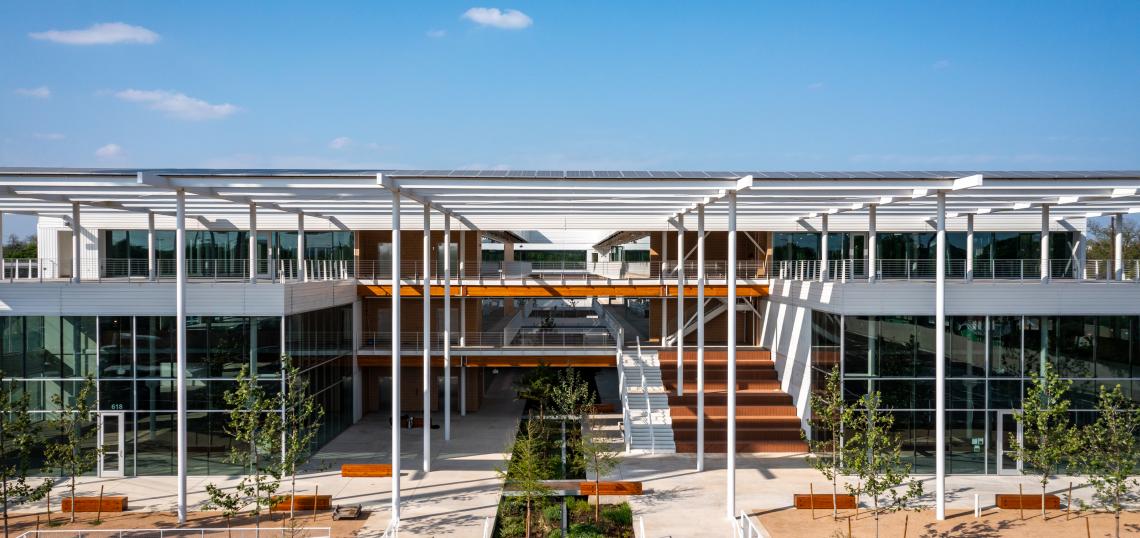Global design firm Gensler today revealed its ambitious plan to center climate change in its work with the goal of transforming "the built environment for a net-zero future with every project, in every location, and for every person."
The report comes at an apt time, when businesses are rethinking post-pandemic office environments, extreme weather events are laying bare the shortcomings of energy systems, and the Biden administration works to get a national climate agenda back on track. It emphasizes the urgency of a focus on climate in design and building and calls on industry, clients, and colleagues to join in the critical effort.
While "there's no vaccine for climate shift," the pandemic provided insight into how work environments can affect wellness and underlined the need for businesses to invest in their comunity's health and well-being, said Rives Taylor, a principal and the global resilience research lead at Gensler. Creating and maintaining healthy work spaces goes hand-in-hand with sustainable design practices, since both can include such things as improving ventilation, creating and preserving outdoor green spaces, and choosing building materials.
The urgency of change
According to Gensler's report, demand for healthy and sustainable buildings has beome a major driver of real-estate markets for both owners and occupants. In addition, it reads, new rules and codes to address "energy efficiency, carbon emissions, and other climate-positive regulations" are being instituted rapidly. It's a situation that "could result in real estate losses of $360 billion per year in US alone by the year 2100 if we do nothing," reads a National Resources Defense Council statement quoted in the report. Taylor echoed this view, saying that "inaction is the worst possible thing we can do."
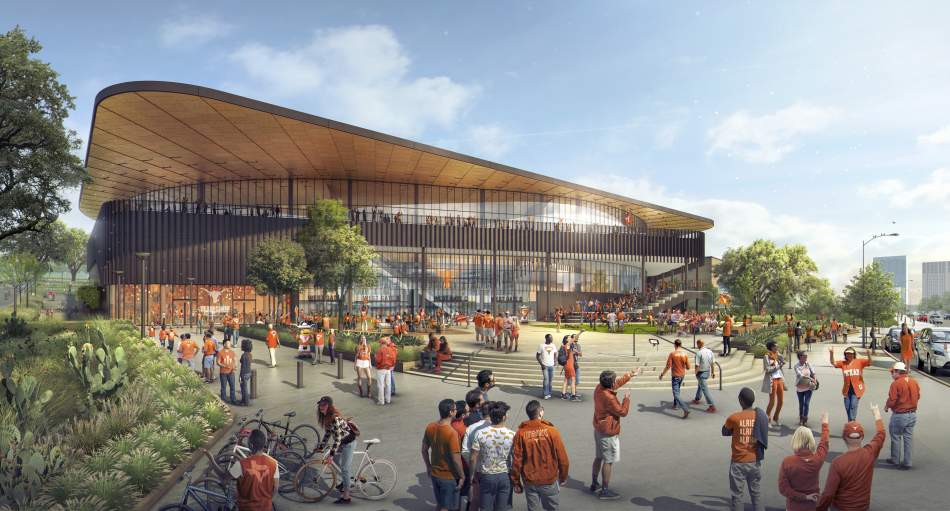 Moody Center at the University of TexasCourtesy of Gensler
Moody Center at the University of TexasCourtesy of Gensler
Gensler's research also acknowledges that addressing inequality and inequity is a crucial part of adapting to climate change. It notes that "poor communities, people of color, and marginalized groups" often live in areas of cities without the infrastructure to handle extreme heat and flooding and where they are more likely to suffer the health problems caused or exacerbated by "industrial locations and disinvestment." In addition to entrenched climate-related problems, the report notes, global migration from places that have become uninhabitable will create increasing demand.
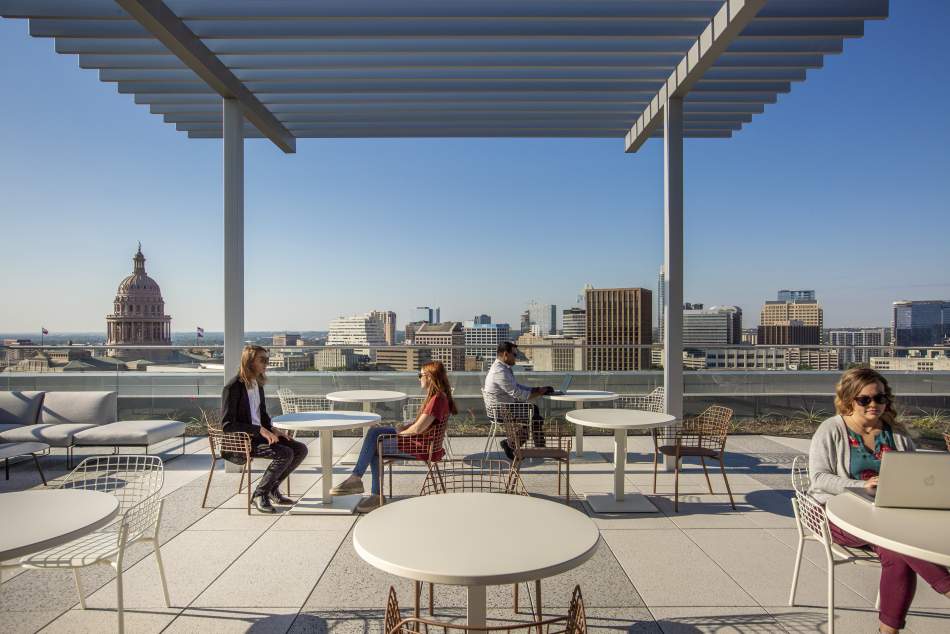 SXSW Center rooftopCourtesy of Gensler
SXSW Center rooftopCourtesy of Gensler
Paths to a net-zero future—and present
Gensler's report—a veritable manifesto, really—is clear and detailed about the ways in which net-zero buildings (i.e., those that reduce the building’s operational carbon impacts to zero) can and must become a reality. Those actions include designing for energy efficiency and renewable sources; using low-impact and low-carbon materials in new construction (local sourcing also "checks a lot of boxes" for sustainability, said Taylor); and adaptive reuse of existing buildings. Some of the ways the company plans to achieve its net-zero design goals include having design resilience experts in every project area; starting with clear sustainability goals on every project; making data-based decisions informed by new technology; and continuing to invest in design resilience research.
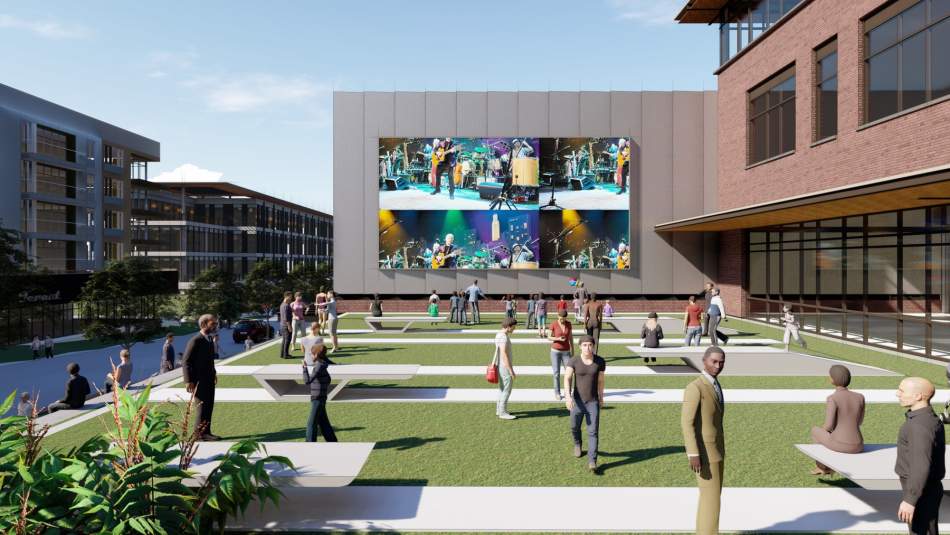 ACC Highland administrative buildingCourtesy of Gensler
ACC Highland administrative buildingCourtesy of Gensler
As a design company, of course, Gensler also has the task of bringing developers and other real estate professionals into the process, showing them both the wisdom and cost-effectiveness of sustainable buildings. That can include anything from demonstrating the increased ability of net-zero buildings to lease space to tenants seeking energy efficiency and healthy environments to encouraging them to incorporate access to transit and rethink parking needs. Perhaps most important—at least out of the gate—is making that case that an investment in sustainability and community is economically sound. Taylor notes that sustainable and nonsustainable building materials cost about the same and that the net-zero approach lengthens the life and utility of a structure. "It's not a cost issue," he said, "it's a choice issue."
"We plan to bring these insights to our clients, policy makers, industry partners, consultants and the rest of the architecture and design community as it will take all of us to tackle the issue of climate change," adds Gensler Austin Design Director Travis Albrecht via email.
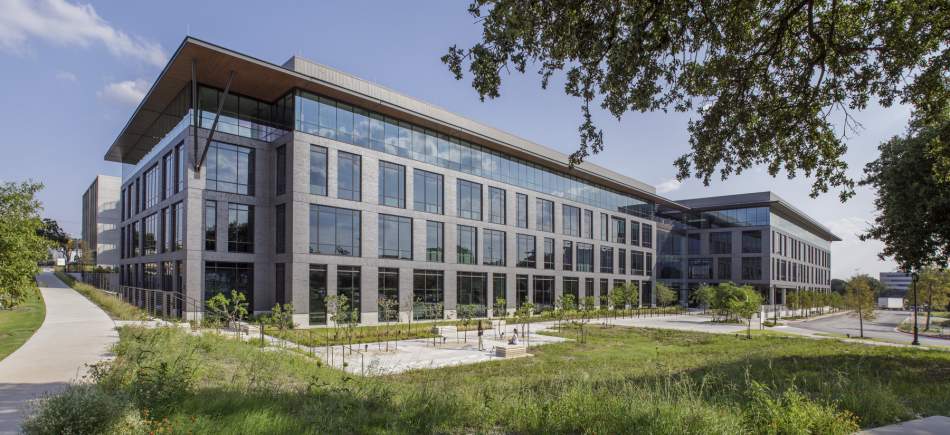 City of Austin Planning and Development officeCourtesy of Gensler
City of Austin Planning and Development officeCourtesy of Gensler
Local impact
Gensler has been involved in the design or redesign of many high-profile Austin buildings, including the Seaholm complex, Yeti headquarters, and the new Q2 soccer stadium. Current local projects include the new Moody Center at UT and repurposing of the old Dillard's store in the former mall that is now Austin Community College's Highland Campus.
Another project, located at 618 Tillery Street and being developed by LA-based CIM, is emblematic of Gensler's design approach of allowing "every project to begin with a carbon focus," said Albrecht. "Here in Austin, we are looking to transform the office building as a typology."
 Yeti headquartersCourtesy of Gensler
Yeti headquartersCourtesy of Gensler
Going forward, some of the climate-related challenges inherent in net-zero building will be present regardless of where the structures are. Others have more immediate resonance. "A hot market that is moving quickly to meet real estate demands can lead to developers and teams defaulting to 'business as usual' because of limited time to explore alternatives or the long-term impacts of the project," said Albrecht. "But our job as partners is to demonstrate how investing in sustainable design and planning approaches can deliver the healthy, durable buildings that tenants are asking for today."
"Key strategies outlined in the report, such as reducing extreme heat and resilience against flooding, adaptive reuse as a 'build only what you need to' strategy, and a focus on local materials and manufacturing to reduce embodied carbon impacts, are all relevant to the Austin building industry," he added. "Austin must also continue to focus on equity and inclusion in its built environment so that everyone in the city benefits from this current boom, not just the few. The social costs of displacement and gentrification still pose a huge challenge for Austin and threaten the promise of sustainability to create environments where all people can thrive."




